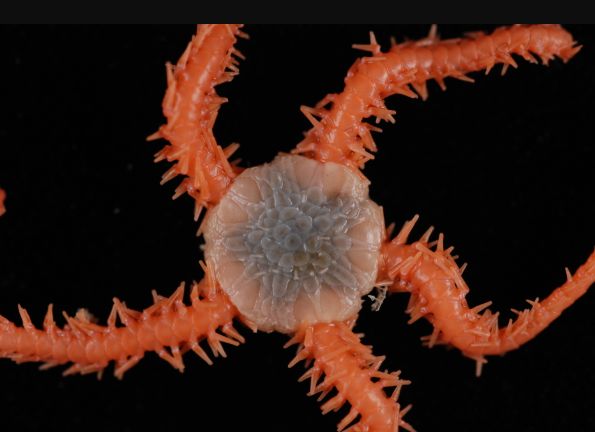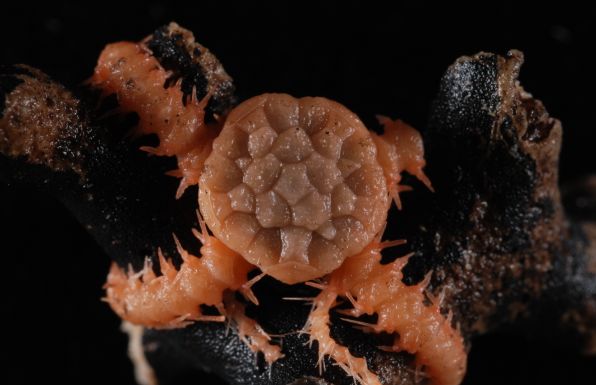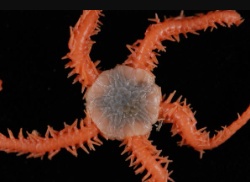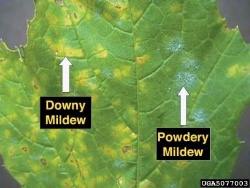New Zealand Part Of Hidden Global Deep-Sea Network Beneath The Waves
Study of ancient sea creature’s DNA links New Zealand to oceans around the world

A world-first study of marine life, including sea creatures found in New Zealand's dark, cold, pressurised ocean depths, has revealed that deep-sea life is surprisingly more connected than previously thought. The research, led by Australia's Museums Victoria Research Institute and just published in Nature, found that while marine life in shallow waters is regionally unique, deeper ocean life shows more global connectivity, with some deep-sea species found across vast distances, even on opposite sides of the world.
A previous lack of global data meant that the connections of deep-sea species weren't fully known, but the researchers from 19 different institutions, including Earth Sciences New Zealand (formerly NIWA), were able to discover how marine life is connected across the sea floor. The landmark study mapped the global distribution and evolutionary relationships of brittle stars (Ophiuroidea), an ancient, spiny animal found from shallow coastal waters to the deepest abyssal plains, and from the equator to the poles.
In the most comprehensive study of its kind, brittle star DNA from four dozen collections, including from Earth Sciences New Zealand's invertebrate collection in Wellington, was examined. By analysing over 2,500 DNA samples collected from over 300 research voyages in all oceans and at various depths, the researchers were able to uncover how the deep-sea invertebrates have evolved and migrated across the oceans over the past 100 million years, linking ecosystems from Iceland to Tasmania.
Advertisement - scroll to continue reading‘You might think of the deep sea as remote and isolated, but for many animals on the seafloor, it’s actually a connected superhighway,’ said study lead Dr Tim O’Hara, Senior Curator of Marine Invertebrates at Museums Victoria Research Institute. ‘Over long timescales, deep-sea species have expanded their ranges by thousands of kilometres. This connectivity is a global phenomenon that’s gone unnoticed, until now.
’The brittle star was chosen because the animals, which have lived on Earth for over 480 million years, are found on all ocean floors, including at depths of more than 3,500 metres, says Dr O’Hara. "These animals don’t have fins or wings, but they’ve still managed to span entire oceans. The secret lies in their biology; their larvae can survive for a long time in cold water, hitching a ride on slow-moving deep-sea currents."
With the yolk-rich larvae able to drift on deep ocean currents for extended periods, the brittle stars have been able to colonise far-flung regions. Unlike marine life in shallow waters, which is restricted by temperature boundaries, deep-sea environments are more stable and allow species to disperse over vast distances, the study found.

"The research shows that deep-sea communities, particularly at temperate latitudes, are more closely related across regions than their shallow-water counterparts. This may be due to historic ocean currents and temperature patterns that allowed species to spread over time. For example, marine animals found off southern Australia share close evolutionary links with those in the North Atlantic, on the other side of the planet."
However, the deep sea is not uniform, and while species can spread widely, factors such as extinction events, environmental change, and geography have created a patchwork of biodiversity across the seafloor.
Deep-sea ecosystems are more connected than first thought, says study co-author Sadie Mills, invertebrate collection manager at Earth Sciences New Zealand (formerly NIWA). "Understanding how species are related and their connections in the ocean at different depths and different latitudes is key to protecting marine biodiversity across the entire planet. These global links should be taken into account in planning."
As threats from deep-sea mining and climate change increase, this new appreciation of how life is distributed and moves through this vast environment is essential if we want to protect it, says Dr O’Hara. "It’s a paradox. The deep sea is highly connected, but also incredibly fragile."


 Sustainable Business Network: Million Tree Milestone Seeds New Nature Initiative
Sustainable Business Network: Million Tree Milestone Seeds New Nature Initiative Earth Sciences New Zealand: New Zealand Part Of Hidden Global Deep-Sea Network Beneath The Waves
Earth Sciences New Zealand: New Zealand Part Of Hidden Global Deep-Sea Network Beneath The Waves The Rail Advocacy Collective: Government’s Transport Policies Are Flawed
The Rail Advocacy Collective: Government’s Transport Policies Are Flawed Environmental Protection Authority: EPA Approves New Fruit Fungicide
Environmental Protection Authority: EPA Approves New Fruit Fungicide Science Media Centre: Landmark Climate Change Case This Week – Expert Reaction
Science Media Centre: Landmark Climate Change Case This Week – Expert Reaction Stats NZ: Total Greenhouse Gas Emissions Rise 0.9 Percent In The March 2025 Quarter
Stats NZ: Total Greenhouse Gas Emissions Rise 0.9 Percent In The March 2025 Quarter


